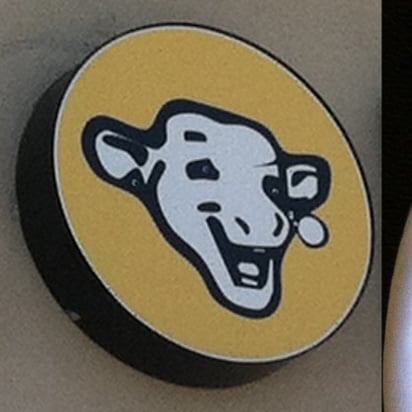American comedian Ron White frequently tells a story about how his van was damaged in a comedic way by the technicians at a Sears Automotive Center in Savannah, GA. This week, that Sears Automotive Center is being torn down. While the shopping mall that former Sears location is a part of is otherwise doing well, the Sears has been closed for years. The department store end-cap building and the car service center in its out-parcel property are being demolished to make way for the development of a new apartment complex.
A link to Ron preforming the story for a live audience.


They probably would have been fine regardless of Amazon if they hadn’t been run into the ground by a libertarian econ major.
That ceo destroyed that company. I worked there for ten years and watched the damage that idiot did.
Hey he’s still chewing on 2billion from the good ol days.
Yeah we knew he would destroy the company, and he would use the fact that he was president/ceo/biggest investor to take apart the company and make a ton of money doing so. He claims to have lost money but I truly believe that is just on paper.
There’s nothing a little Ayn Rand can’t hurt.
Huh, it’s like if you tell people that they have to fight for their next meal, that they’ll fight. So weird…
This was a huge deal for consumers. Suddenly you had a powerhouse of home appliance sales and service, covering just about everything. When I was a kid, every time any appliance broke, I knew we’d head to Sears parts counter, look at the service manuals on microfiche (before the internet) and be able to get exactly what was needed and how to replace it.
It was so much more convenient than today where no one carries parts anymore, so even repairmen walk in, order the part, and have to be scheduled to come back.